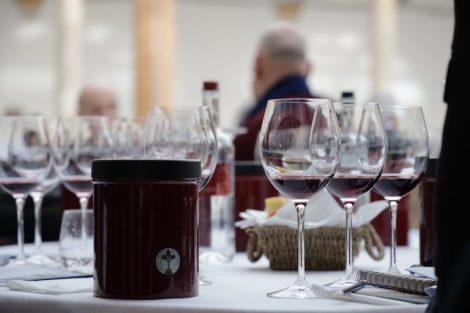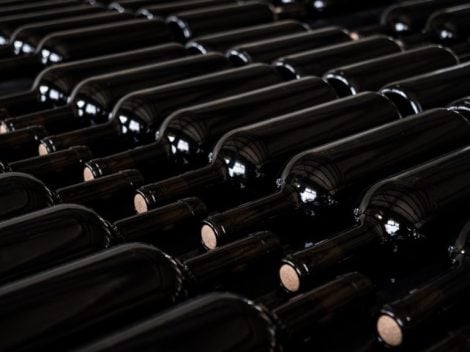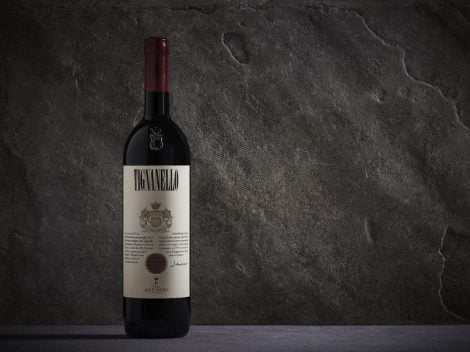Italian grapes in the New World
In countries where viticulture has had recent developments - much of the New World, Oceania, Asia, etc. – the winemaking heritage is based largely on "ubiquitous" or "international" grape varieties, while the other "alternative" varieties, introduced to diversify and experiment with new wines, occupy a very limited space.
Australia
Australia illustrates this particular situation very well, so much so that, in 2018, 2/3 of the grapes harvested come from only four varieties (23% Chardonnay, 24% Shiraz, 14% Cabernet Sauvignon, 6% Merlot) on an overall 130 cultivated. And if a total of 10 grape varieties represent as many as 89% of production, the other 120 come to just 11%. In this 11%, many Italian varieties are emerging, such as glera, sangiovese, fiano and vermentino (see chart).
Consumer preferences
According to the government agency Wine Australia (WA), some of these grapes are planted to respond to changing consumer preferences, others are experiments in view of the future impacts of climate change or, moreover, the desire to recreate a link with the land of origin (see the case history of Australian Prosecco). The latter – also strong in the global success of Italian Prosecco – is growing rapidly: if 2,500 tons were harvested in Australia in 2015, just over 7,000 tons of grapes were reached in 2018.
The rise of Prosecco
According to WA, this would reflect the rise in popularity of Australian Prosecco among Australian wine drinkers. According to IRI Worldwide, the value of Australian Prosecco sales in the domestic off-trade market has almost tripled in the last three years. In comparison, sales of Australian Sangiovese in the same period increased by 2% per year.


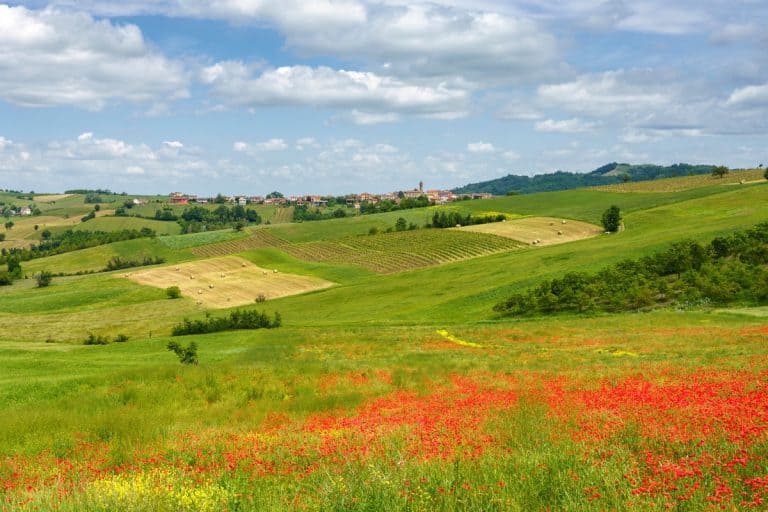 Timorasso: the red wine dressed as white from the Colli Tortonesi. Here are the 16 best labels
Timorasso: the red wine dressed as white from the Colli Tortonesi. Here are the 16 best labels It’s official: China joins the International Organisation of Vine and Wine
It’s official: China joins the International Organisation of Vine and Wine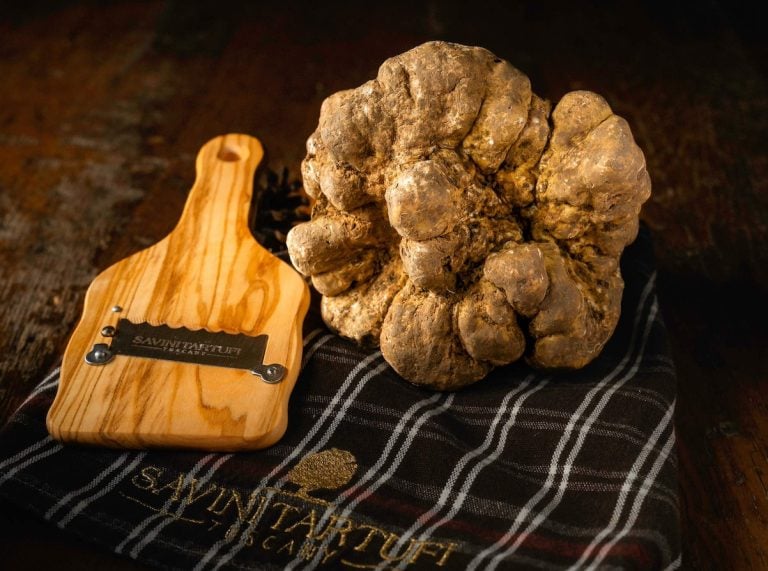 How and where to buy white truffle from Alba at a fair price: tips from an expert
How and where to buy white truffle from Alba at a fair price: tips from an expert The Italian wines with the best value for money: here are the National awards from Berebene 2025 guide
The Italian wines with the best value for money: here are the National awards from Berebene 2025 guide Where to eat in Venosa, the home of Aglianico del Vulture
Where to eat in Venosa, the home of Aglianico del Vulture